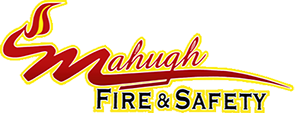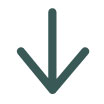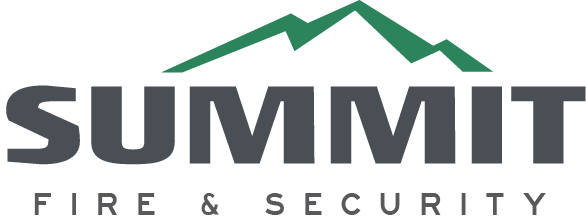Thank you for your interest in employment at Summit Fire & Security.
You are about to leave the Summit Fire & Security website. By clicking the “Continue” button below, you will be connected to a third-party career center with our current job openings and information about employment with us.
If you want to remain on this site and contact us for more information, please visit here.
Click “Continue” to proceed to the Career Center.
Continue







